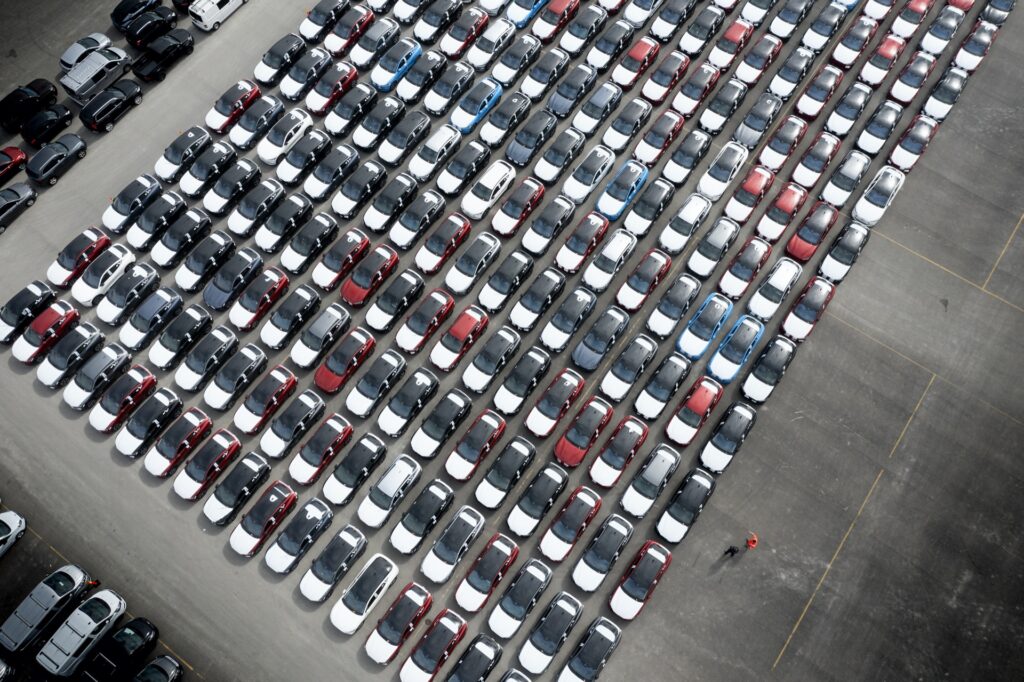Australasia surpasses EV market share threshold thought to signal beginning of mass adoption
- PostedPublished 27 October 2023
Australia, Canada, Hungary, Spain and Thailand have recently surpassed five per cent of new car sales being electric, a milestone that experts say signals the start of mass adoption.

The trajectory of these countries indicates the potential for EVs to rapidly increase their market share, reaching 25 per cent of new car sales within just four years.
It follows a pattern observed in the successful adoption of other technologies like TVs, microwaves and mobile phones.
Sales start off slow during the early adoption phase but gain momentum as they become mainstream. Once EVs reach this tipping point, it often indicates a shift in consumer preferences and market dynamics, leading to increased infrastructure development, more investment in EV technology, and greater support from governments and auto-makers.
Leading the way in EV adoption are the United States, China and most of Western Europe. So far this year in New Zealand, EVs have averaged a 15 per cent market share, with almost one in four sold being electric in March.
The US, however, experienced a delayed tipping point for EVs, which finally occurred at the end of 2021 due to factors such as Americans’ preference for longer range vehicles and the slower electrification of larger vehicles like utes and SUVs due to their specific battery requirements.
However, the US is currently experiencing a significant upswing in EV sales, with a remarkable 42 per cent growth in the second quarter compared to the previous year.
This growth is expected to continue with the introduction of highly anticipated EV models like Tesla’s Cybertruck and offerings from other American brands like Chevrolet, Ford and Jeep.
India, the world’s third largest auto market, appears to be on the verge of a significant turning point.
In just six months, the share of electric vehicles in the country’s new car sales has doubled, reaching three per cent in the second quarter of this year.
This is due to substantial investments by local auto-makers and the expressed interest of Tesla CEO Elon Musk in entering the Indian market.
In Australia, the adoption of electric vehicles (EVs) has been slower compared to other countries, but it is now picking up pace.
Recent data shows that EV sales made up 7.7 per cent of the overall market for passenger cars, SUVs, and light commercial vehicles (LCVs) by the end of July.
Not bad going considering the limited availability of EVs in Australia’s LCV market, which comes second only to medium SUVs in terms of sales volume.
The availability of more affordable fully electric Chinese passenger EV models and the introduction of electric utes are expected to further accelerate adoption.
While the EV adoption curve looks steep right now, the pace decelerates once markets approach saturation.
Norway, a frontrunner in EV adoption, serves as a prime example, as it witnessed a decline in growth rates after EV sales reached 80 per cent of new vehicle sales.
It is also worth noting that the average age of vehicles on Norway’s roads has increased due to people hanging onto their petrol and diesel cars for longer – a trend starting to emerge in other European countries where the pace of technological change is making it hard to identify the right time to buy an EV as consumers fear rapid obsolescence.
Internal combustion engine sales continue to dominate globally but they peaked in 2017.
While obstacles such as cost, range, and charging infrastructure persist, the global trend unmistakably points towards the fast approaching mass adoption of EVs and other emerging propulsion technologies.
- CategoriesIn SightGlass
- Tagselectric vehicles, EV, SightGlass News Issue 30

